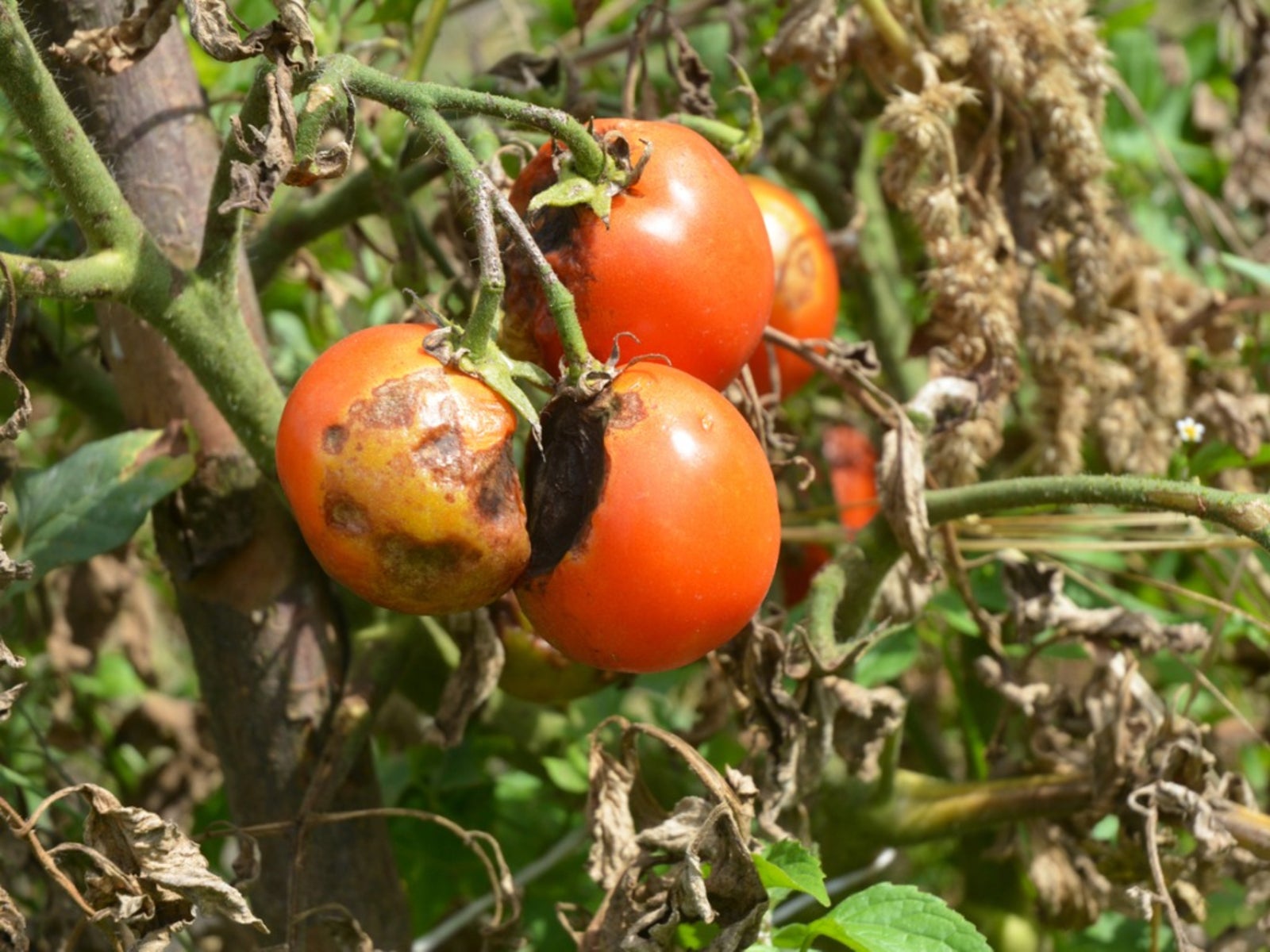
/Early-Blight-Tomato-56a348bf5f9b58b7d0d147e4.jpg)
Fungicides can also be used (along with these other strategies) to manage diseases in your tomatoes.Ĭracking is caused by rapid fruit growth, which causes the skin to crack because it can’t expand fast enough.When removing it, don’t just throw it on the ground, get it out of the garden! Remove and destroy any diseased plant material.If leaves are wet, you may end up spreading the disease. Make sure leaves are dry when handling plants.Additionally, when you water, try not to get the foliage wet ( drip irrigation is good for this). The longer the leaves remain wet, the higher the chance disease will develop.

Avoid watering late in the day and try not to get the foliage wet.This will help prevent any of the pathogens from splashing onto the leaves of your plants and infecting them. Using mulch on the ground creates a barrier between the soil, where disease spores may be, and the plants.Adequate spacing will allow airflow between plants, and it will allow them to dry-out faster (plant pathogens need moisture to survive). Make sure to space your tomatoes properly.If you are purchasing transplants, inspect plants for any leaf spots (and insects) before purchasing.While Septoria can survive for up to three years on infected plant debris, as well as weedy hosts, it does not survive in the soil on its own. Early blight can survive in the soil, on seeds or infected plant debris for a year. Ideally, you wouldn’t grow any solanaceous (tomato family includes peppers, eggplants, and potatoes) plants in the same area (this is often easier said than done in backyard gardens). Try to select cultivars that have resistance to disease, particularly if you’ve had issues in the past.When it comes to managing diseases in tomatoes, there are several things you can do. Anthracnose may occasionally be found on leaves and stems where it will cause irregularly shaped brown spots with dark brown edges. Often pink to orange masses spores form in concentric rings on the surface (when it’s humid). Over time these spots will enlarge and darken. Circular sunken lesions develop on fruit. If you find these leave them in the garden so the wasps can go and attack other caterpillar pests for you.Īnthracnose is primarily a fruit disease. These are the pupa of parasitoid wasps that have been eating the insides of the caterpillar. You may also find caterpillars that have white projections coming out of them. Caterpillars can also be handpicked off of plants and disposed of. One way to prevent hornworm problems if you’ve had them in the past is to destroy these pupae, either by tilling or hand picking them out of the garden. Hornworms will overwinter as a pupa underground. These caterpillars will eventually become hawk moths. Tomato hornworm has eight V-shaped marks on each side, & the horn is bluish-black. Tobacco hornworms have seven diagonal white lines on each side, & a curved red horn at the hind end. There are two species you may encounter on tomatoes: tobacco hornworm and tomato hornworms. Hornworms are large (3+ inches when fully grown) green caterpillars that can cause quite a bit of damage to tomato plants.


 0 kommentar(er)
0 kommentar(er)
